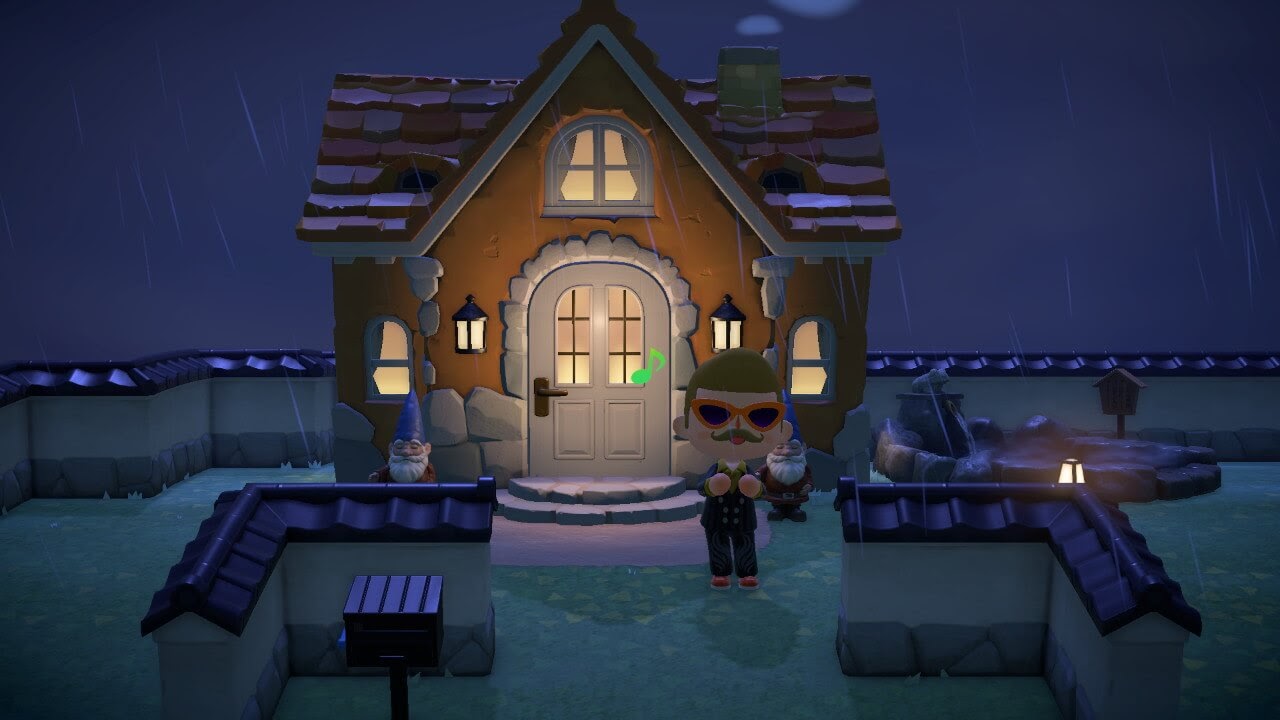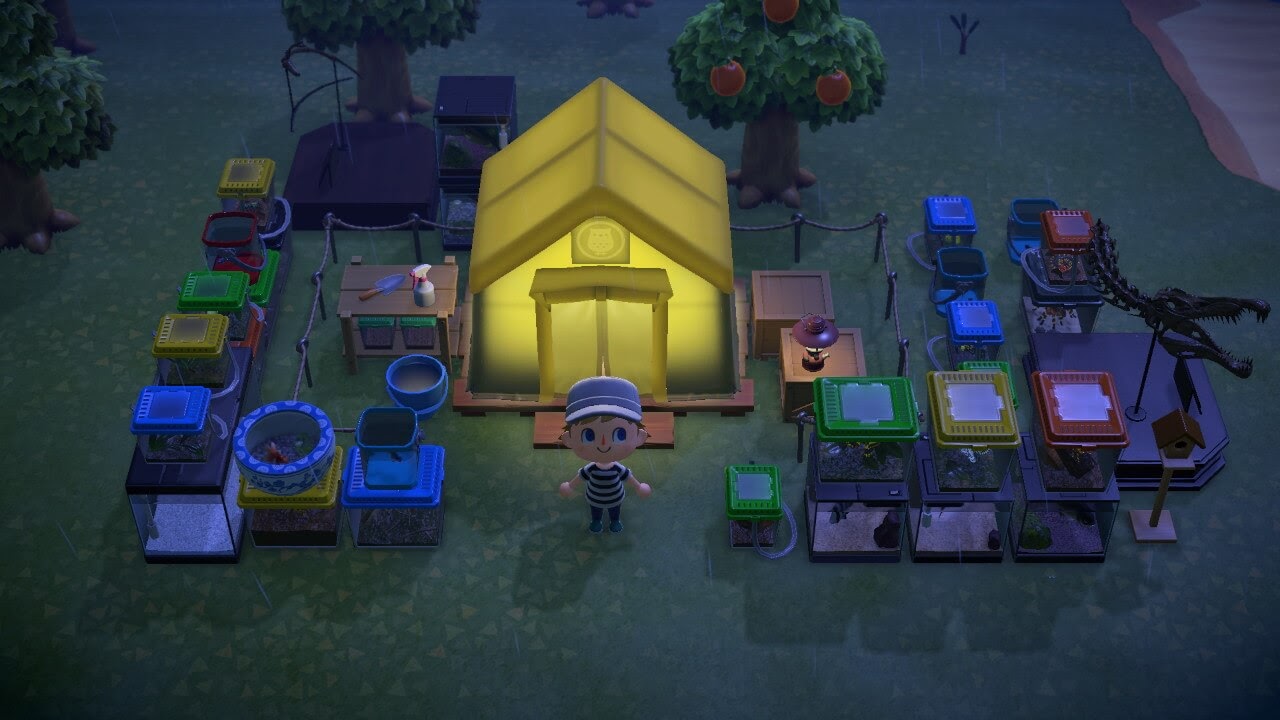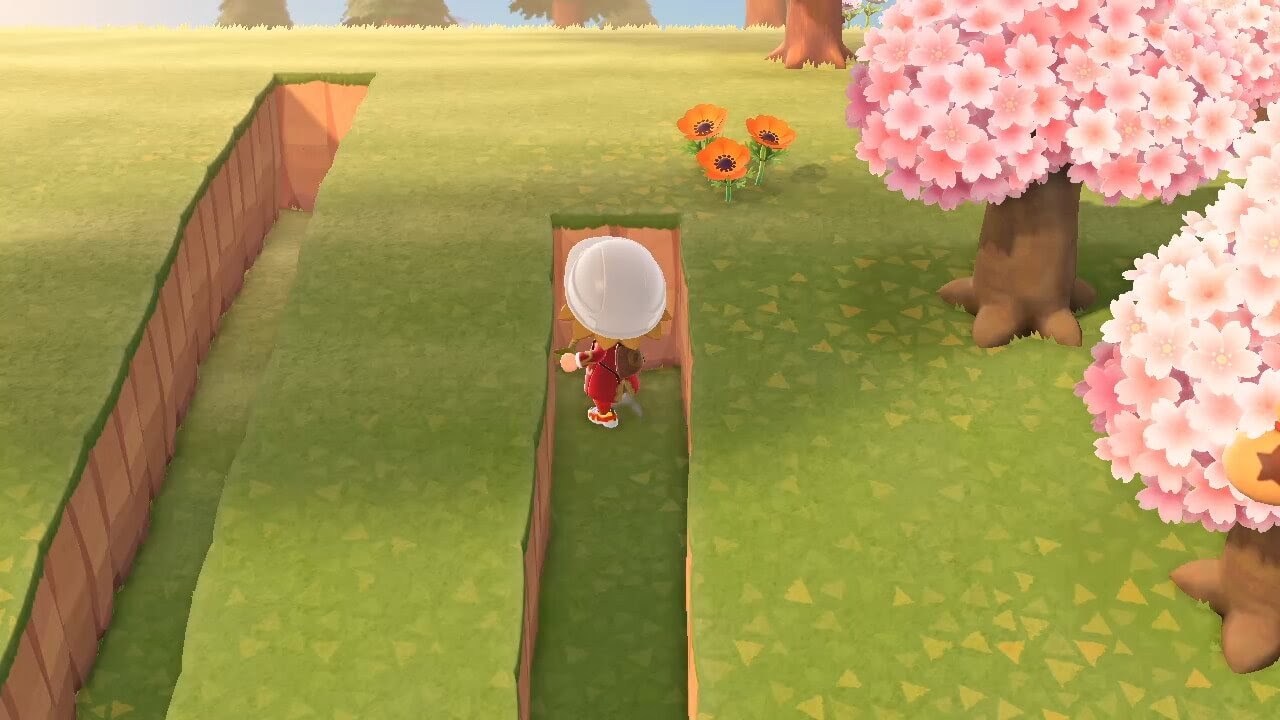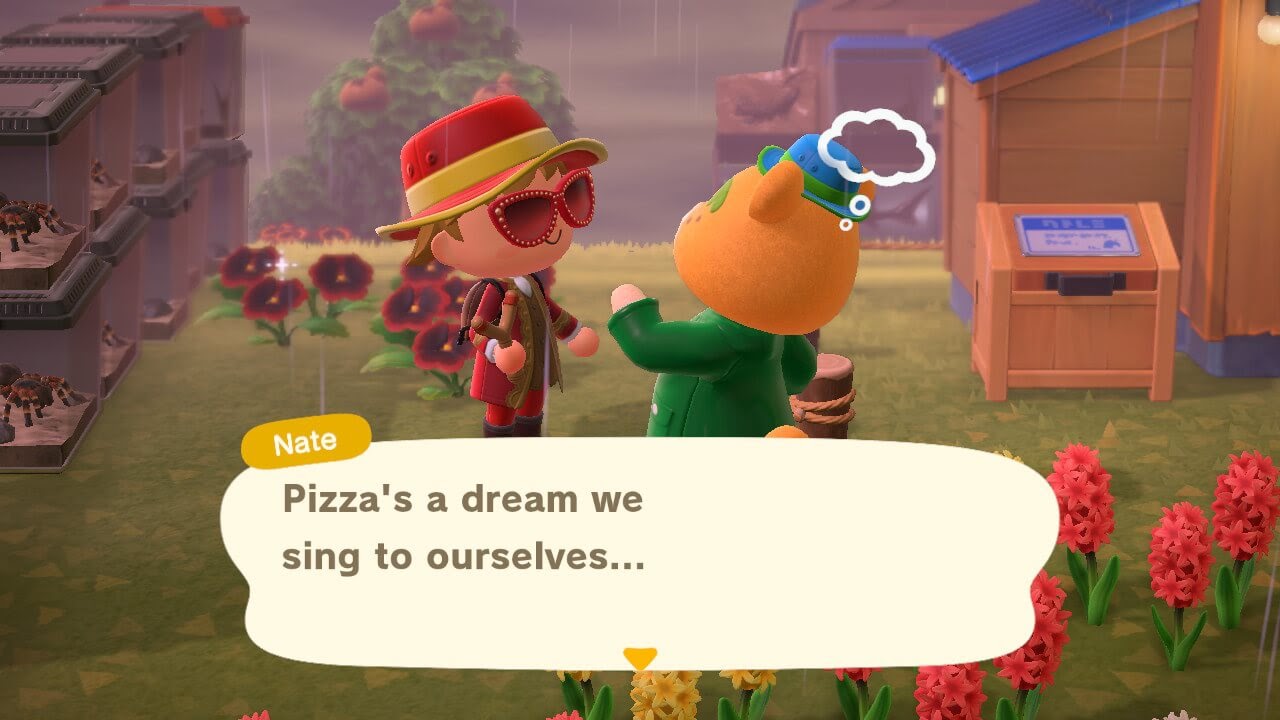Animal Crossing: New Horizons Review
When I arrived at the airport of the deserted island where Animal Crossing: New Horizons takes place, I was greeted by an orange goat named Billy and what I can only describe as a bear that escaped from a hippy commune named Paula. Instantly deciding that Billy was my favourite of the two, all three of us set out to learn more about the island paradise in which we were going to make our new home.
To say New Horizons came out with good timing would be a bigger than normal understatement. With the chaos the world was plunged into a little while before it released, a game promoting isolating yourself to an island with ten adorable animal companions sounds like paradise.
Each Animal Crossing game follows the same loop, and New Horizons doesn’t do much to deviate from the norm. Players once again owe a ridiculous amount of money to the world’s most lovable landlord Tom Nook, and have to do chores around their town in order to pay off their ever-increasing home loan.
 Home expansions can change the exterior of your house along with expanded rooms inside.
Home expansions can change the exterior of your house along with expanded rooms inside.
New Horizons looks and sounds fantastic, with each animal villager having a stuffed animal plush aesthetic that makes it seem like a kid’s toy box came to life and was unceremoniously dumped onto a deserted island with you. The Switch gives the series a well deserved upgrade, and it’s difficult to imagine how future games could improve. The music doesn’t really come into its own until you unlock the town hall and hourly music. Before then, you only get one solid track playing on a loop, and even the greatest song in the world can get grating after repeat listening for multiple days.
After a week or so, my little island village of Ibara was coming together. I placed my initial tent on the beach, and got a lovely view of the ocean while my house slowly grew and expanded each day. I was soon joined by a chicken named Ava and a superstar cow by the name of Patty, and as time went on I even found Paula, the bear I initially shirked away from, was slowly growing on me.
Animal Crossing is unlike other life simulator games because each in-game day passes by in real time, so you have to wait a full 24 hours before the island resets itself. While there is a timely progression to the game, players can take whatever pace they want while enjoying their deserted island getaway package.
Want to pay off all of your debt the day you receive it? No problem.
Want to play once every two weeks doing small tasks here and there? Go for it.
Want to time travel to skip ahead days? You can play that way. One of the big draws of the Animal Crossing series and New Horizons in particular is the level of freedom the player has in accomplishing their goals.
 There are a lot of ways to earn Bells, but playing the stalk market is usually your best bet.
There are a lot of ways to earn Bells, but playing the stalk market is usually your best bet.
Bells have long been the main currency in the Animal Crossing series, and while New Horizons is no different, it also introduces a new way to get items called Nook Miles. Nook Miles can be earned by completing both daily and lifetime achievements, ranging from selling fruit to assessing fossils at the museum to just talking to the locals.
La adición de Nook Miles agrega misiones para que el jugador las alcance todos los días, y agrega más de una guía suelta para apuntar si en algún momento hay una lucha para descubrir qué hacer. Si bien hay muchos elementos que solo se pueden reclamar a través de Nook Miles (la expansión del inventario es uno), nunca se sintió difícil o pesado para obtenerlos. Se pueden usar para empujar a un jugador hacia un objetivo definitivo, o se pueden ganar simplemente completando las tareas del día a día.
Customisation has always been a huge part of Animal Crossing, from decorating your house to deciding which Public Works Projects you want around your city. New Horizons ups the ante from the previous entry, New Leaf, by introducing even more options in letting your digital town grow. Now that players can place furniture anywhere on the island, creativity can flow even more freely than before, ranging from creating a cosy campsite for visiting villagers to making a shrine to appease a Godzilla-esque monster statue on the beach.
La creación y personalización de muebles individuales, la reubicación de casas y tiendas, y la construcción de puentes/pendientes refuerzan la idea de que la ciudad y los aldeanos de cada jugador son como copos de nieve, sin que ninguno sea similar de una consola a otra. El paisajismo brinda a los jugadores la oportunidad de dar forma a los acantilados y ríos a su antojo, lo que aumenta aún más la idea de que su isla es única.
Eventualmente, construí mi isla de la nada a un centro de actividad, completo con sastrería, museo y tienda general, y una afluencia de aldeanos que se mudaron insufló aún más vida al paisaje una vez vacío. Los jugadores verán crecer activamente sus contribuciones y adiciones a medida que avanzan, desde las cascadas que hacen hasta los puentes que construyen.
 The museum expands several times to show off the various exhibits you donate, from goldfish to the Mona Lisa.
The museum expands several times to show off the various exhibits you donate, from goldfish to the Mona Lisa.
New Horizons succeeds at almost everything it sets out for the player, but there are a couple of small cracks that slowly turn into annoyances as you get further along. The crafting system is a great addition for furniture, but having to craft tools seems unnecessary until it eventually just becomes an irritant after playing through a few days. While it isn’t difficult to get the resources necessary to craft a flimsy shovel or net, it’s the loss of time running back and forth after a tool breaks that adds up during a playthrough. Unlike previous games, there is currently no way to have unbreakable tools, with even the golden tools breaking after a long use time.
While landscaping is a fantastic idea, the execution of the terraforming becomes an exercise in tedium after a while. Instead of going into a grid editing system similar to how you decorate your house, players have to break out a shovel and get their hands dirty for every individual tile of land and sea you want to carve out. While it’s great to see the end product, I could feel my brain shutting off while busting through every cliff and digging out each river.
 Terraforming can make good islands great, but it is a little time-consuming to perfect a section of land.
Terraforming can make good islands great, but it is a little time-consuming to perfect a section of land.
Multiplayer is fun once everyone gets online, but the long wait times between every island representative joining or leaving kill any momentum you have while trying to play. It can easily take five or more minutes coordinating multiple people to visit an island, between long unskippable loading cutscenes to conversations interrupting the visiting process. The buffer time for online is a major disappointment, because when a friend visits my town to help water flowers or so I can show off my latest improvement I have a legitimately good time that’s soured by the huge pill I have to take in waiting.
Yet despite the multiplayer issues, despite the landscaping monotony and my tools constantly breaking, New Horizons still thrives because of the progression and connection you build with your island. From reaching huge milestones like paying off your home loan to more quiet accomplishments like donating a fish to the museum, I love being able to look at Ibara and take in everything I’ve made possible.
 Villagers always have something to say, even if sometimes they can be a bit…strange.
Villagers always have something to say, even if sometimes they can be a bit…strange.
Like coming home after a long day, Animal Crossing: New Horizons gives players the comfort and warmth of familiarity. Hopping on each day to discover fossils buried three feet under the soil, pop balloons that carry floating presents, and talk to villagers that radiate kindness provides a level of joy hard to produce not just in games, but in most forms of media.